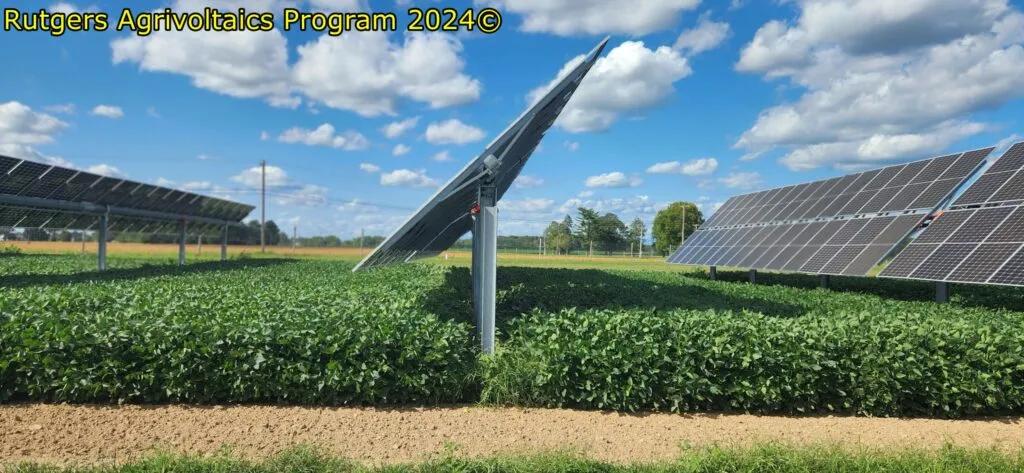In the relentless pursuit of more efficient solar energy solutions, a team of researchers led by Shuo Tao from Rutgers University has made a significant stride. Their work, published in *Computational Materials Today* (which translates to *Computational Materials Today* in English), explores the potential of silicon-germanium (Si-Ge) alloys to revolutionize photovoltaic technology. The research leverages machine learning to identify promising materials that could enhance light absorption, a critical factor in improving the efficiency of solar cells.
The challenge of finding silicon allotropes with direct band gaps—essential for optimal photon absorption—has long been a hurdle in the field. Traditional methods of crystal structure prediction are computationally intensive, often requiring extensive resources. Tao and his team took a different approach by substituting silicon atoms with germanium in known stable or metastable silicon phases. This method not only reduces computational costs but also opens up new avenues for discovering materials with desirable electronic properties.
“By using our machine learning model, EOSnet, we were able to prescreen a large number of candidates efficiently,” explains Tao. “This significantly cut down on the time and resources needed for hybrid-functional density functional theory calculations, which are crucial for verifying the electronic properties of these materials.”
The research focused on Si1−xGex alloys derived from 4H-Si and Cmcm-Si24 prototypes, identifying candidates with direct band gaps. The findings suggest that germanium substitution could enhance light absorption in silicon allotropes, paving the way for more efficient silicon-based photovoltaic materials. This could have profound implications for the energy sector, potentially leading to more cost-effective and efficient solar panels.
The commercial impact of this research is substantial. As the world continues to shift towards renewable energy sources, the demand for more efficient and affordable solar technology is growing. The discovery of new materials that can enhance the performance of solar cells could accelerate this transition, making solar energy more accessible and viable on a global scale.
“This research is a testament to the power of combining machine learning with materials science,” says Tao. “It not only advances our understanding of silicon allotropes but also demonstrates the potential of machine learning to drive innovation in the energy sector.”
As the field of photovoltaics continues to evolve, the work of Tao and his team offers a glimpse into the future of solar energy. By harnessing the power of machine learning and advanced computational techniques, researchers are unlocking new possibilities for materials that could shape the next generation of solar technology. The implications of this research extend beyond the laboratory, promising to bring us closer to a sustainable energy future.

